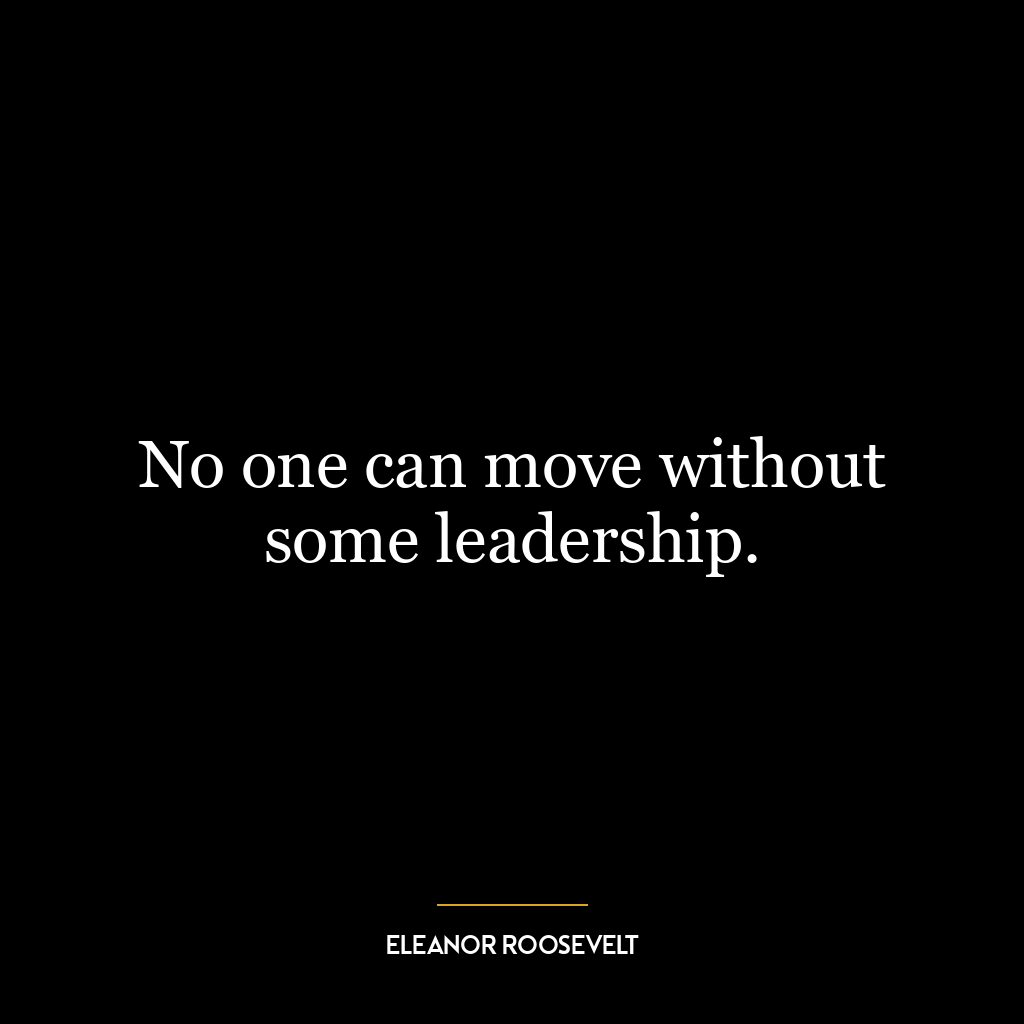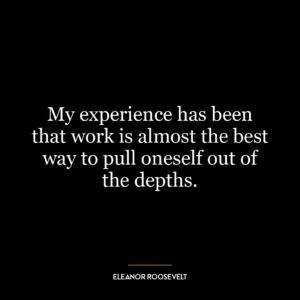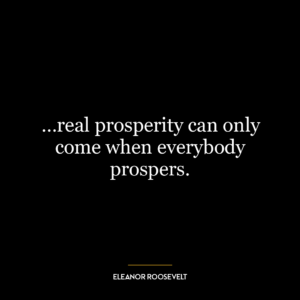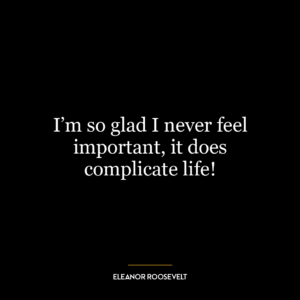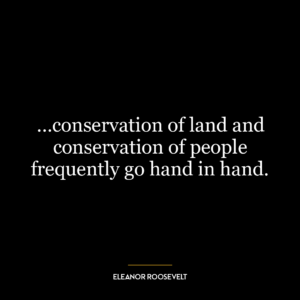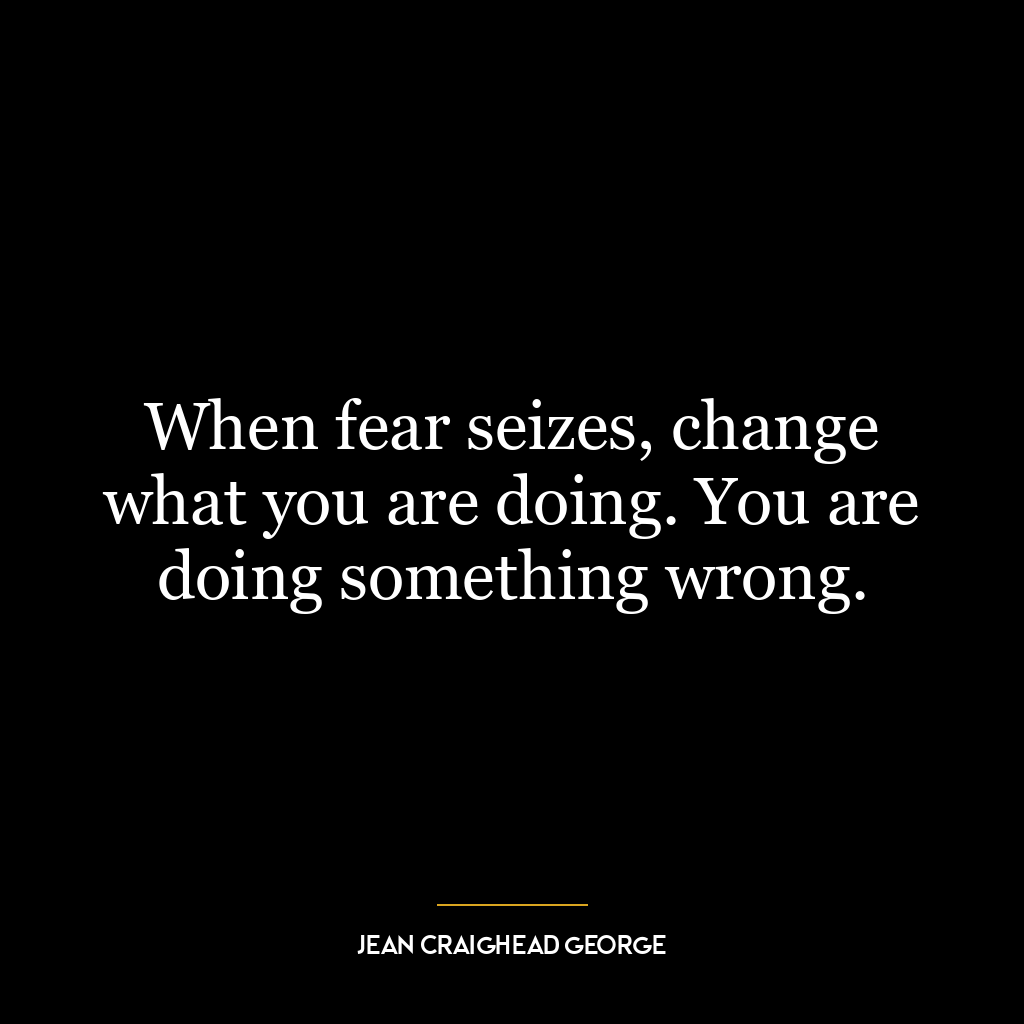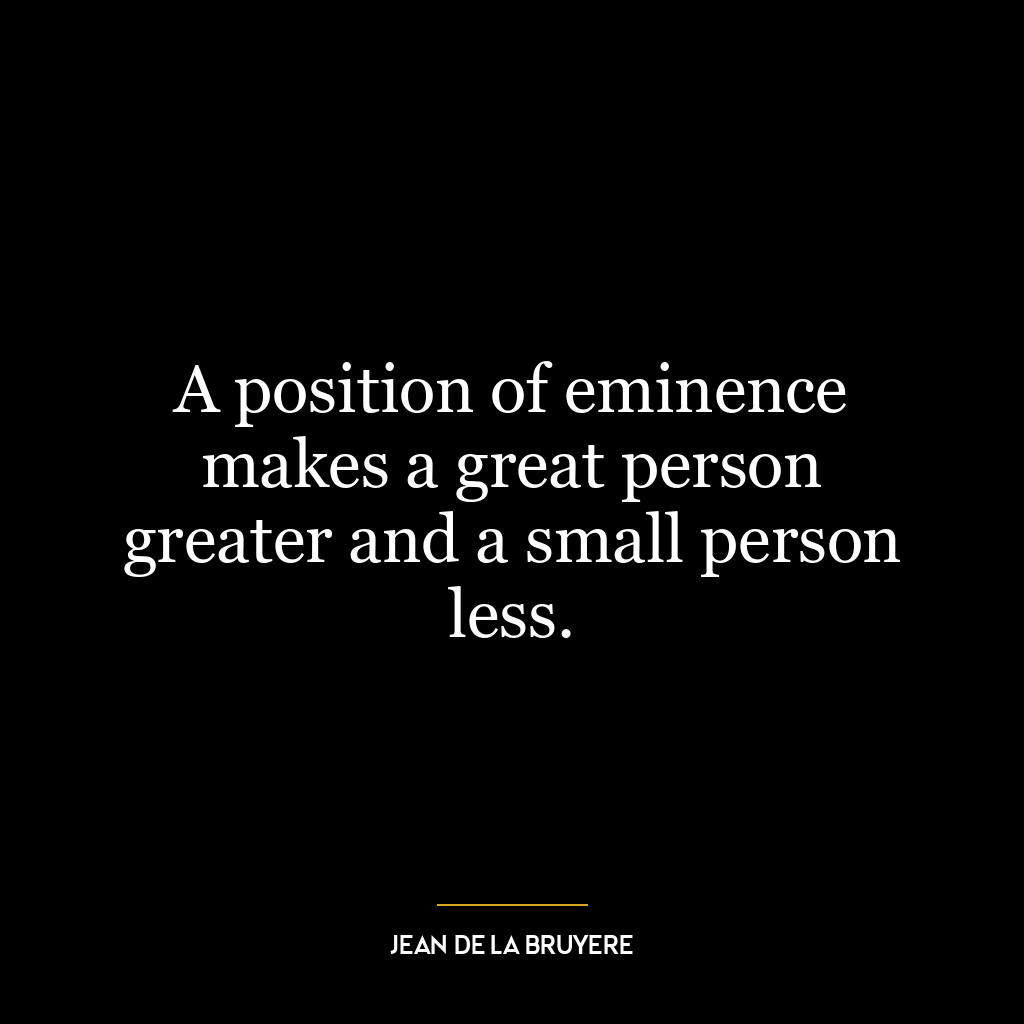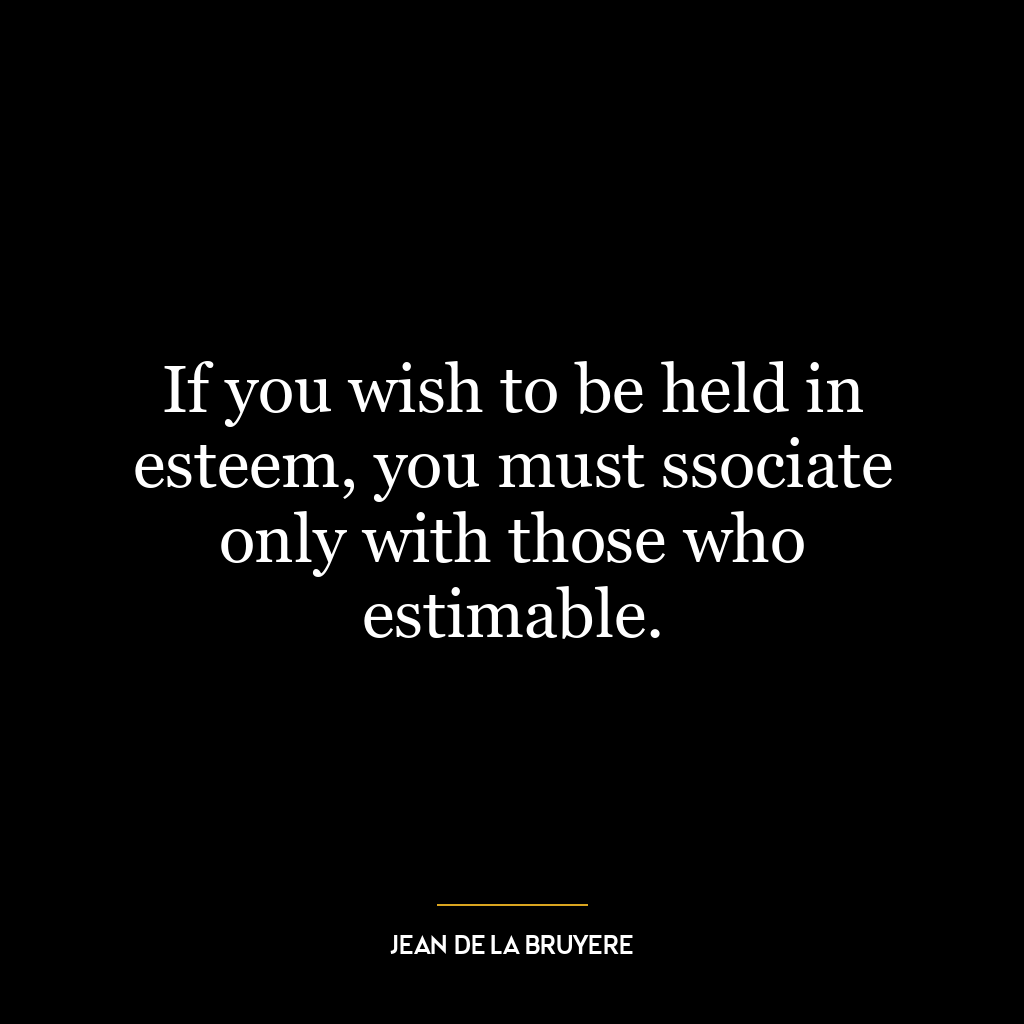No one can move without some leadership.
This quote implies that leadership is an integral part of any action or movement, and it is not necessarily about having someone in a position of authority dictating what should be done. It’s about guidance, inspiration, and influence that can propel individuals or groups to take action or make changes. Leadership can come from a variety of sources, including oneself, another individual, or even an idea or belief that inspires action.
For example, in the context of personal development, one might be guided by the leadership of their own values, principles, or personal goals. These internal leaders drive them to make changes, take risks, or strive for self-improvement. In this sense, even though there’s no physical person leading the way, there’s still leadership involved in the form of personal motivations and aspirations.
In today’s world, this quote can be applied in many different contexts, such as social movements, organizational changes, or even personal growth. For instance, a social movement might be driven by the leadership of a collective belief or goal, such as fighting for equality or environmental sustainability. Even if there’s no single individual leading the charge, the movement is still guided by the leadership of its shared values and objectives.
In an organizational context, leadership doesn’t have to come from the top. It can also come from employees who show initiative, propose innovative ideas, or influence their colleagues in positive ways. This kind of bottom-up leadership can drive changes and improvements within the organization, even without the direct involvement of those in formal leadership positions.
Overall, this quote suggests that leadership is not about authority, but about influence and inspiration. It’s about guiding and motivating others (or oneself) to take action or make changes, whether that leadership comes from an individual, a group, or an idea.

